https://www.youtube.com/watch?v=kSYP033e12Q
Fast PLL Algorithms You Should Try!
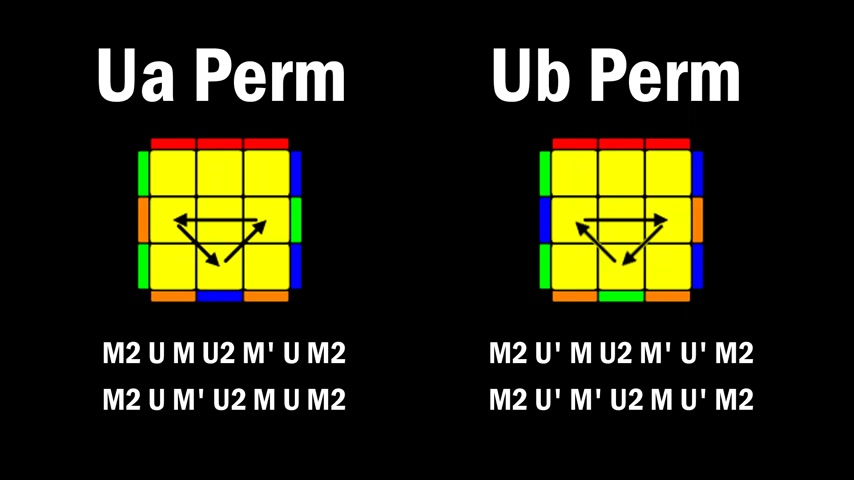
For U perms .
I use the algorithms with M moves .
These are extremely fast and consistent .
But the only downside to them is that instead of starting in home grip , which you'll often be in , you have to switch into the M move grip .
The U perms using R and U moves are all really nice because they can start from home grip .
You can turn very fast and it is very consistent .
There is a fast ru algorithm for each of the two U perm cases from each of the front or back angle .
And these are also very good for big cubes as M and U moves are a lot harder on big cubes .
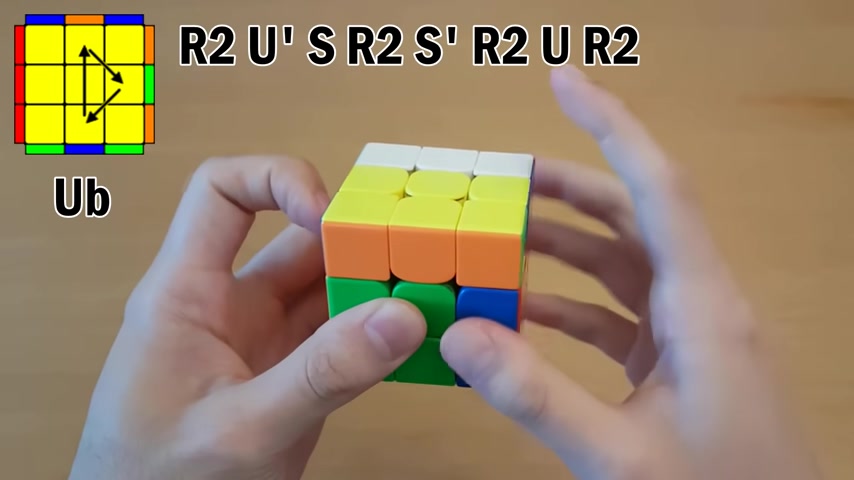
If the solve edge is on the left side , you can do one of these s move view perms .
This one is not exactly from home grip , but it makes up for it by being extremely fast .
The Z perm that I showed in the PLL video uses M moves instead of M prime moves and M prime moves are easier as they go up .
Now , this is going to be easier when you learn for the first time .
But once you are good at M moves , then the M move version is faster as there is less overworking of your M fingers .
This C perm I can do at the same speed as my main algorithm .
But I find it to be slightly less consistent for me .
For H perm , the standard one is already really great , but you can slightly optimize it in certain situations .
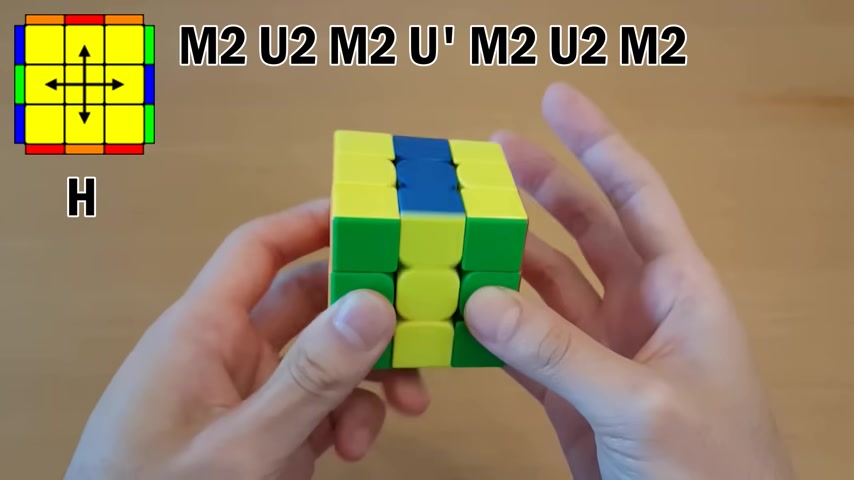
This H perm is actually one quarter turn longer , but you can change the U in the middle so that it does the A UF .
So it does the same thing as H perm plus U or H perm plus U prime .
In that case , these would be the same number of moves , but you would save one overwork by doing this one .
But it's not really a big deal .
If you don't want to learn this , this H perm algorithm is a lot harder to learn but may be faster .
Pay attention to the order of fingers I use in the S two .
It's going to change depending on the situation .
What makes this H per potentially faster is that instead of all flick turns , there are some wrist turns and wrist turns are faster .
However , the downside is , it is a lot harder to learn and a lot easier to mess up .
You guys really have to stop telling me about the A perm which is just a wide T perm .
I get it , it exists .
It's not as good .
The Aras that I showed all used L moves .
And the reason for this is because it regs your dominant hand or your right hand , but you could use R moves instead .
It is the more popular option .
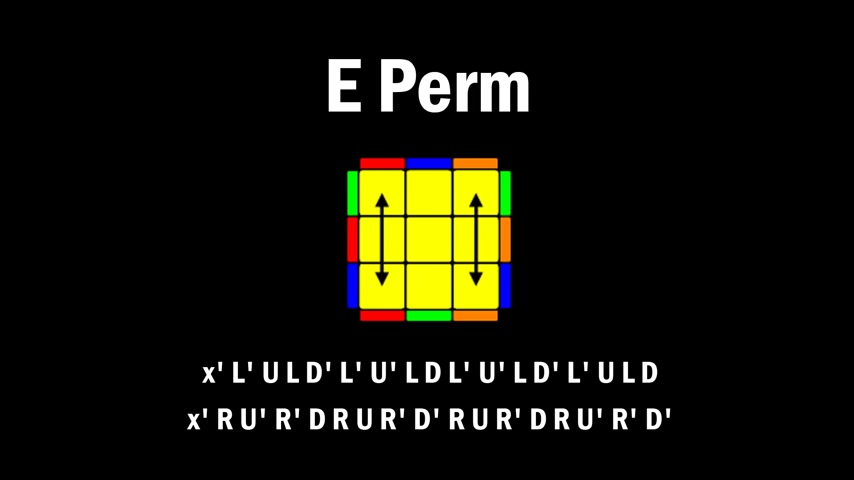
And there's nothing wrong with that one .
Either for E perm .
There's really only one algorithm that compares to the standard this algorithm is longer by two quarter turns , but it saves on one reg grip so it can be worth it .
There are actually four variations of this algorithm and all of them can be done reg grip list to varying difficulties .
The first one I showed is the one that flows best for me .
But that may not be true for you .
Even though these save a reg I find that the standard algorithm actually flows better because it alternates hands more often .
The standard F perm algorithm has great finger tricks as it's just a variation of T perm .
But it is very long and here is a shorter one .
And there's also the inverse of that .
For these two algorithms , you will not be able to achieve as high of a turn speed as on the standard F perm .
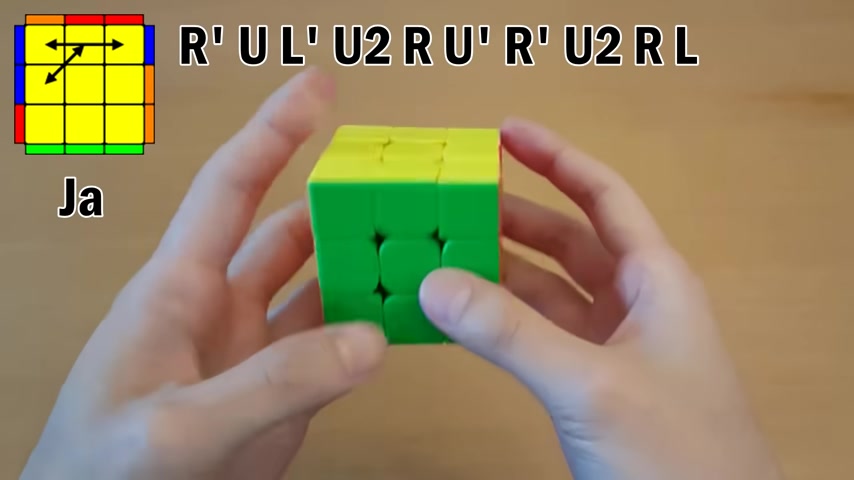
But because they are shorter , they may actually be faster .
I've practiced these a lot and the standard F perm is still faster for me .
So that's what I've stuck with .
But maybe these will be faster for you .
For the J A perm .
The two most popular algorithms are the one that I use and this one instead of the final L move .
If there is no a UF , you can just do that as a ring finger turn .
That makes this algorithm very fast .
But when there is a UF , I honestly don't know what to do .
As I've never used this as my main algorithm .
This algorithm starts with a reg .
So I personally think it is worse for the algorithm that I use .
A lot of people have suggested doing this instead using M moves instead of the rotation .
But it's completely done from home grip .
And if it saved a reg grip , then that should be worth it except it doesn't save a reg grip .
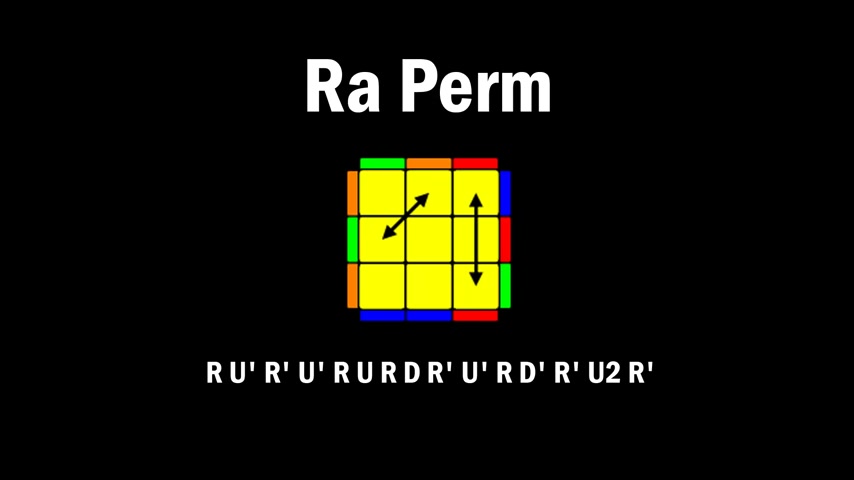
If you do the J A perm I showed correctly , then there is no reg grip .
You either start with your index finger here so it can do a rolling turn to begin with or you start that turn and then you push with your index finger afterwards .
Either way you'll be able to do this alga without starting with a reg grip , which is definitely better than adding in some M moves .
The JB perm is already perfect except there is one other algorithm worth learning .
And that is the inverse of it .
It is definitely harder than the standard JB perm .
So it should never replace that algorithm .
But it's good to also know this for the R A permit , you pretty much should be using this algorithm .
There is this algorithm with Ruf , but it has tons of moves and it is very difficult to get the finger tricks right .
So that you're not overworking fingers all over the place .
There are easier ways you can start the algorithm , but then you'll either always end up with overworks or it will start with a reg grip .
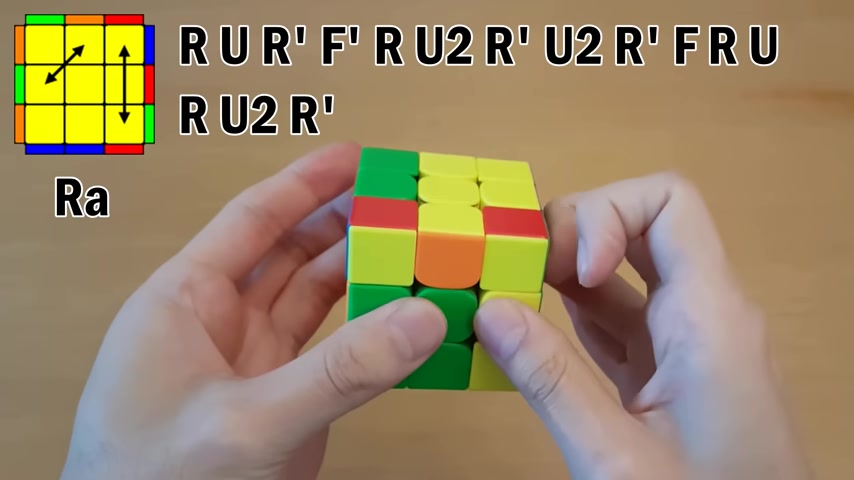
But since it is Ruf , this is the best ALEC for Bigs .
RB Perm has a lot of good als and this one is the inverse of the one I showed , which is very useful to know if you get it at this angle .
Also notes that the start of the Elk can be done without a reg grip .
But because of the overwork , it's not necessarily faster .
There is also this RUD version which is quite similar , but in my opinion , it flows better and is more consistent for T perm .
You definitely want to use the standard algorithm .
But right at the end , you can change the way you do it if there is a U two A UF afterwards .
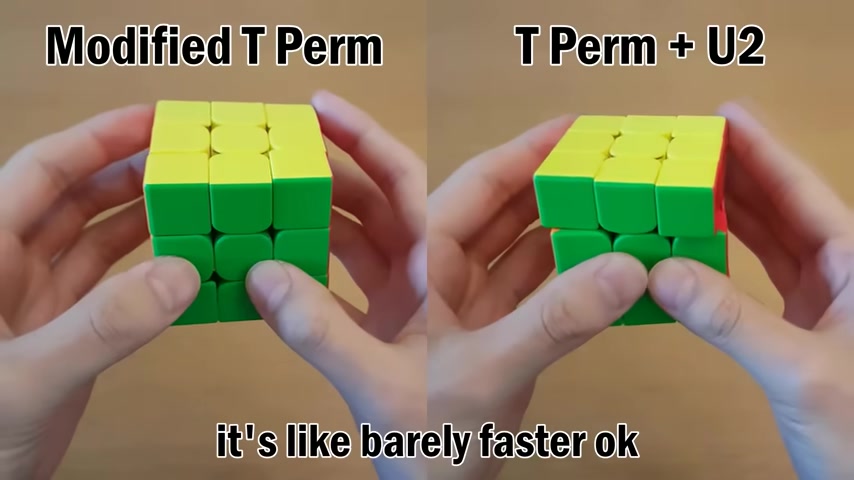
Mhm The best A for G A perm is just the standard one .
But if you want one that is faster and has a massive reg at the start , then you can go with this one which I learned from Drew Brads .
Even though I would never ever use this in a solve , it is so cool for GB permit you get two pretty nice variations by using the wide move algorithm .
OK .
The algorithm I originally show for GC perm .
I do not recommend this for everybody as it is very difficult .
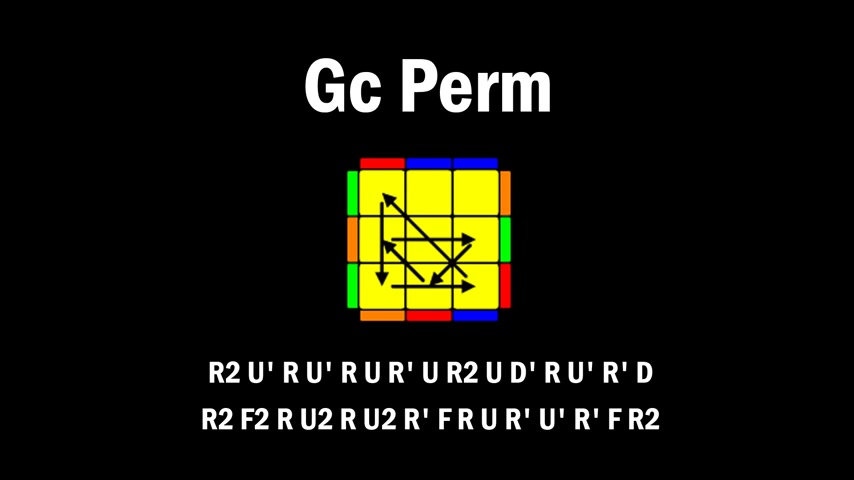
And even with lots of practice , you may not be able to get very good at it .
That is also how I feel about this one , which people have told me to try .
It is definitely very fast , but I cannot do it very fast .
I have practiced this one so much and here are my best attempts .
Some people actually choose to do the mirror of G A perm as G A perm is quite nice .
I also cannot do this one very fast .
But through the power of video editing , I can just mirror my G A perm and it looks great for GD perm .
You pretty much should just use the standard .
But there is one that is done from a U two angle away .
And this is one I learned from Felix Zeeg a long time ago .
I don't know if it's worth it , but it does do the U two angle which means it may be worth it .
When you get it from this angle .
For the N A perm , I use a four move set up into JB perm , which is extremely long .
You could do the mirror of what I did for NB perm .
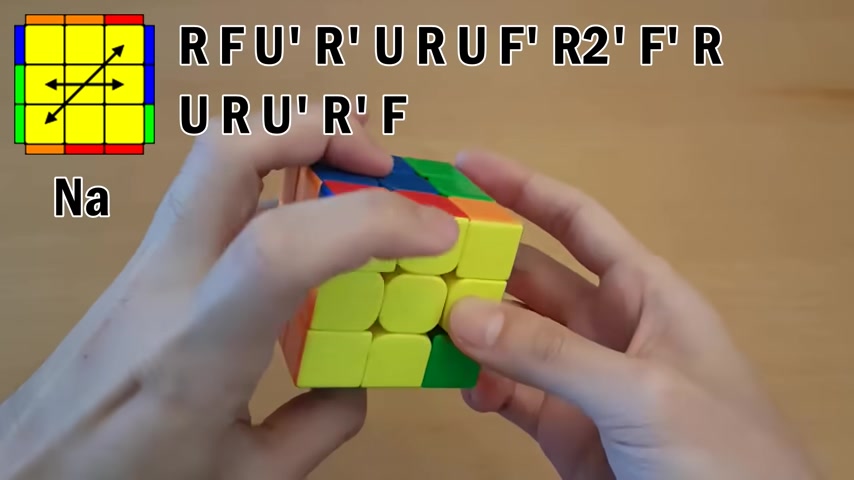
And with enough practice , it probably is faster and perms are rare enough that I don't think having the most speed optimal thing with high risks is necessarily the right play , but it's up to you for NB perm .
No matter which algorithm you pick , it is going to be very difficult .
And here is the Ruf version I used to use , but two ways you can do it that don't have a reg rib .
And here is one that you guys suggested that I'd never seen before .
My main problem with it is quickly switching from D to U two with your left hand as you have to reg during that section .
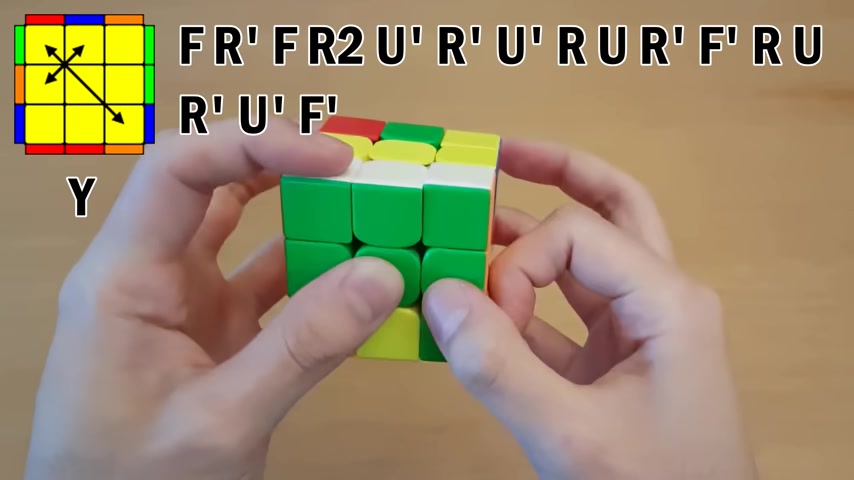
I think it could be good , but it's still quite difficult and I doubt it would be the fastest .
I use the most popular Y perm algorithm .
But there's another one that's pretty much equally as good .
The first move must be done from home grip and can be done with your index finger or with your thumb and I'll show the thumb version afterwards .
Mhm Lastly for V perm , there are like 10 of these and I have a separate video for it .
Keep in mind you don't have to overthink it as you may not know what you'll like later .
And even if you pick the wrong one later on , it's not too hard to switch .
Thanks for watching and I'll see you all next time .
Are you looking for a way to reach a wider audience and get more views on your videos?
Our innovative video to text transcribing service can help you do just that.
We provide accurate transcriptions of your videos along with visual content that will help you attract new viewers and keep them engaged. Plus, our data analytics and ad campaign tools can help you monetize your content and maximize your revenue.
Let's partner up and take your video content to the next level!
Contact us today to learn more.